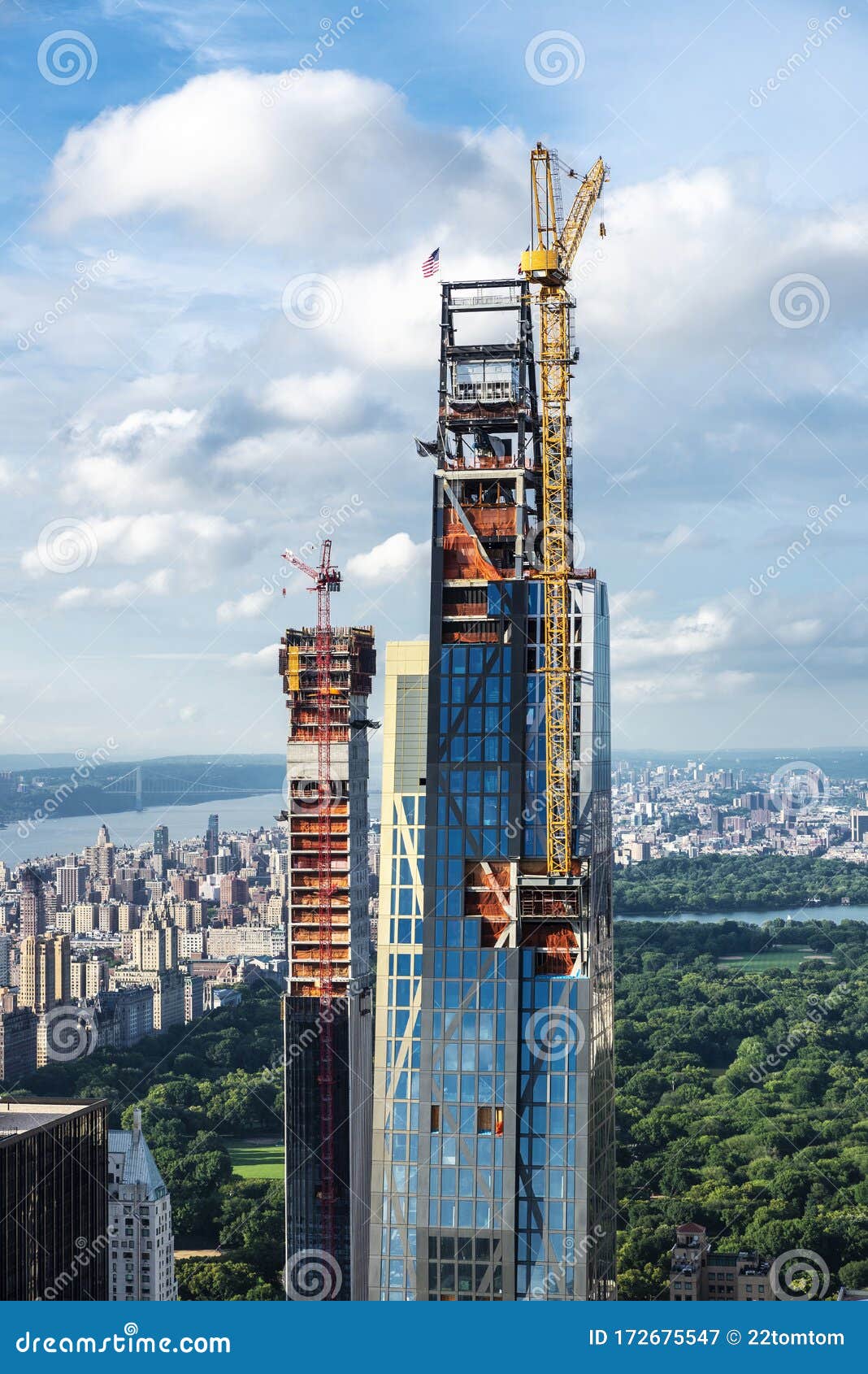

The research comes first.” Cooper Hospital in Camden has nearly 800 patient beds. “We can’t just say we’re going to close this down or shut this off because we can’t. “It’s a tough balancing act,” D’Astuto said. There are already 2,000 sensors across the building to help control operations with a computer program.īut Dean D’Astuto, chief operating officer for the Rowan University/Rutgers-Camden Board of Governors, who oversees the center, says that some experiments run 24 hours a day and need massive subzero freezers. (Kristen Mosbrucker-Garza/WHYY)īuilt in 2019, the 125,000-square-foot building is already energy efficient with LED lights and an automation system that controls temperature and humidity. The Joint Health Sciences Center spans 125,000 square feet in Camden which means it will be required to report energy and water usage to the New Jersey Board of Public Utilities under state law. Researchers run scientific experiments and medical students are trained in simulated surgical rooms on site. In Camden, N.J., the Joint Health Sciences Center is a research and education facility that sits next to Cooper Hospital. Often the biggest users of electricity are health care facilities like hospitals or research centers. “We are never going to be able to reach our climate targets if we do not manage better how our buildings use energy,” said Nidhi Krishen, deputy director of climate solutions office of sustainability in Philadelphia.įor older buildings that means retrofitting properties and closing any gaps around the outside perimeter of the structure making it “as tight as possible” to reduce airflow and ensuring there is sufficient insulation in the walls and ceilings, Krishen said. It was not immediately clear how much that number has changed since the program began. Philadelphia targeted large buildings because of its goal to become carbon neutral by 2050 and 70% of the city’s emissions comes from buildings. The sprawling 1.2 million square foot building with commercial office space, retail, and condos replaced its 25-year-old heating and cooling system as part of its energy conservation upgrades. In Center City, Two Liberty Place, a skyscraper built in 1990, reduced its electricity usage by 50% between 20, according to the most recent data available. Philadelphia property owners who participated in the program reduced building energy use by 5% on average between 20, city data shows. In 2012, the city of Philadelphia enacted a similar law for buildings at least 50,000 square feet which applied to roughly 1,700 buildings at the time. “We want to make it as easy as possible to report so the building owners can get the benefits of benchmarking,” Ho Richardson said. Instead, regulators are hoping that building owners will take advantage of incentive programs through state and federal agencies or even utility companies and reap the reward of saving money by reducing electricity use. Right now, there are no penalties for noncompliance nor are there plans to punish the largest energy consumers, said Stacy Ho Richardson, deputy director of the division of clean energy at the New Jersey Board of Public Utilities.

The goal of the New Jersey Clean Energy Act, signed into law in 2018, is to first measure and then focus on incentives for energy and water conservation efforts, according to the state utility board. WHYY thanks our sponsors - become a WHYY sponsor


 0 kommentar(er)
0 kommentar(er)
